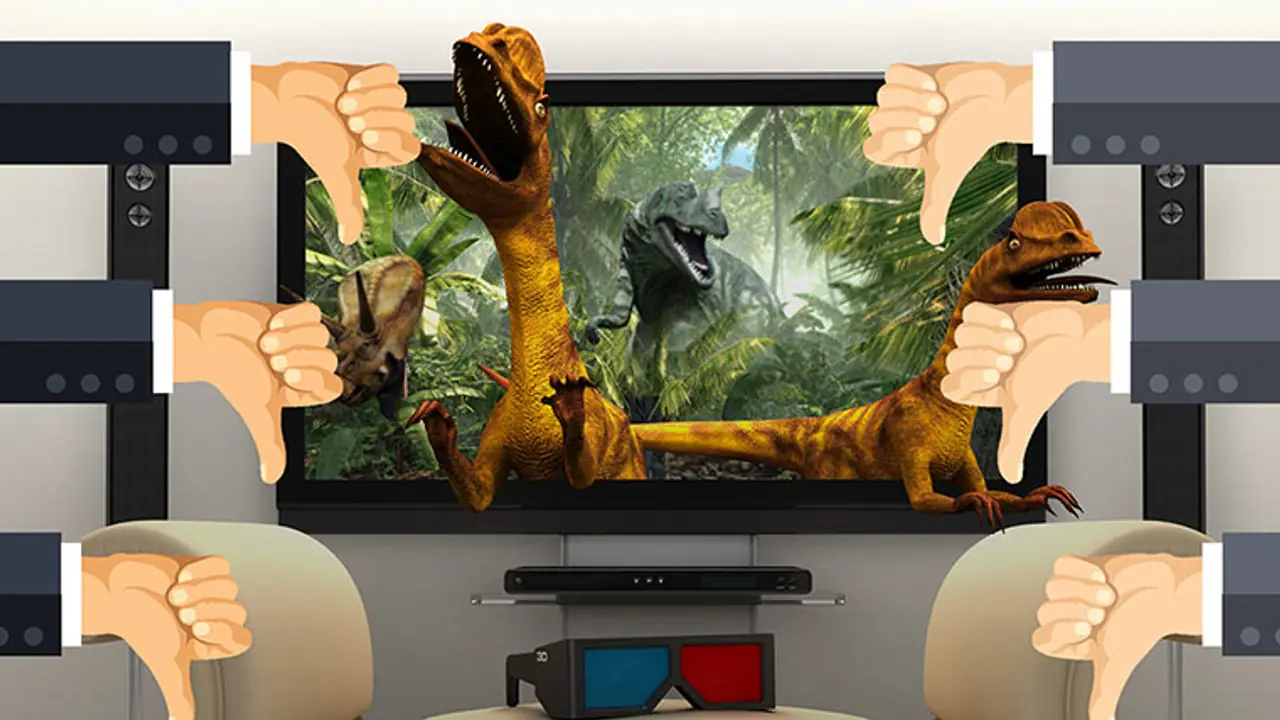3D TVs have been waning in popularity over the years. Now, Sony and LG hammered the last nail in its coffin by dropping support for 3D TVs.
When the popular movie Avatar released in 2009, it was followed by the rapid rise in 3D TVs. But, the trend fell flat on its face, as quickly as it rose.

The reminiscences of the dying trend were clearly visible last year. With little to no mention at CES 2016, followed by Samsung and Philips plans to abandon 3D TVs completely. LG went ahead after chopping down some support. It included 3D technology only in high-end models, which was still enjoyed by a small segment of users. Precisely, uber-premium users.
 Now, LG and Sony have dropped whatever little support was left for 3D TVs. With the last two companies cutting 3D support, it was the last nail in the coffin. The fate of 3D TVs doesn’t come as a surprise. It was likely for a doom right from the start.
Now, LG and Sony have dropped whatever little support was left for 3D TVs. With the last two companies cutting 3D support, it was the last nail in the coffin. The fate of 3D TVs doesn’t come as a surprise. It was likely for a doom right from the start.
Avatar was probably the only reasonable content that triggered the trend, but with no major push after that. The 3D Blu-rays were considered to be expensive and difficult to setup. Whenever, a new technology is available, it comes with hardware and software constraints. However, in case of 3D TVs, this continued for years, eventually killing the trend completely.
According to Brandwatch, the technology had few influencers right from the beginning. The technology always saw the negative light rather than positivity. The report clearly states that few people took a liking to 3D TVs as it didn’t really enhance the film experience. We faced a similar problem with 4K TVs, but unlike 3D TVs, they don’t bring along discomfort.
Many users (read me) experienced stress on eyes, headaches, dizziness and so on. The viewing angle posed limitations. The technology wasn’t evolved to make it comfortable for users. The addition of 3D glasses, only made it worse. The 3D glasses were made of cheap plastic to cut costs, and the accessory took away the usual social movie watching experience that we enjoyed with friends and family. The technology was believed to be making strides in the gaming segment, but that started fading too.
According to a report by NPD Group, sales of 3D TVs have been declining with each passing year. In 2016, 3D TVs represented only 8 percent of the total TV market. The market focus has shifted to 4K/UHD, HDR and Smart TVs.
